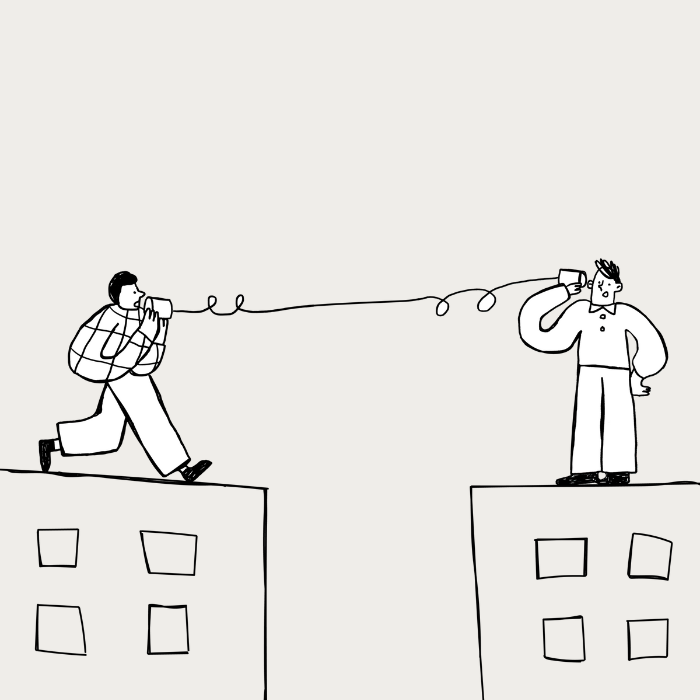
Often people think that distraction is the quickest way to calm a distressed child but, in fact, research reveals just the opposite.
“quick! look at the plane! in the sky!! LOOK UP THERE!! QUICK!!!”
Have you ever seen someone try to distract a child when they’re hurt or upset? Or tried the same technique yourself in an act of desperation? It may be a common parenting technique, but in fact, it seems that by not acknowledging our children’s hurts or providing comfort, we can inadvertently make their distress last much longer.
not convinced? then imagine this scenario:
You arrive home after a stressful day, topped off by an enraged tailgating driver with his hand seemingly glued to his car horn. You walk into the kitchen ready to disappear into the comforting embrace of your partner while you have a good whinge about the state of the world. Sensing your distress as you approach, your partner suddenly morphs into Captain Cheerful and instructs you to quickly look around the room for five things that start with the letter ‘P’. Hmmm…
Not only would this make you feel extremely confused, but it would do nothing to ease your distress. In fact, if you were frequently met with this incongruous response, you would learn that there was no point turning to your partner at all when you were feeling upset.
Of course, no parent would want their child to assume this. We want just the opposite. We want our children to learn that they can always come to us when life’s difficulties get the better of them. And what’s the best way we can teach them this? By being there for them – really being there in both mind and body – whenever they’re overwhelmed by distress.
It’s simpler than it sounds. Just imagine the response that you’d like from your partner in the scenario above and do just that for your little one.
listen to their cues
Do you have a verbal child who is able to recount what’s upsetting them or are you left to make assumptions from their behaviour and body language?
reflect your understanding
However your child expresses their distress, reflect to them that you understand. ‘Feeling felt’ – the sense that someone really gets how you’re feeling – does wonders for making all of us feel better, kids included.
save further talking until your child has calmed down
There’s a neurological reason why our logical explanations and distraction efforts aren’t too helpful either. While your child’s right brain is activated by the strong emotions that they’re experiencing, their logic-and-language left brain is waiting quietly for its turn in the background. Being the polite turn-taker that it is, this left side of the brain won’t step up until the emotional right brain has calmed down. And, just as we can relate to in the scenario above, the emotional right brain calms down best by ‘feeling felt’.
That’s not to say that distraction doesn’t have an important place in the parenting toolkit. In my experience, it’s the perfect tactic to employ when your toddler is running in the direction of your mother’s china cabinet. But the next time you’re tempted to point to the sky in an attempt to relieve your child’s hurts, stop. Squat down to their level, mirror their facial expression and say, “Gee, it seems like you’re feeling pretty sad. I’m here with you. Do you need a cuddle?”
Because in the end, that’s what really makes everything better.
DR KAYLENE HENDERSON (MBBS FRANZCP CERT C&A PSYCH) IS A MOTHER OF THREE, A CHILD & ADOLESCENT PSYCHIATRIST AND FOUNDER OF LITTLE CHILDREN BIG DREAMS WHICH PROVIDES HELP FOR CHILDREN WHO ARE AFRAID OF THE DARK OR SCARED OF MONSTERS, PLUS PARENTING TIPS AND CHILD PSYCHIATRY INFORMATION ON HER WEBSITE AND BLOG. WWW.LITTLECHILDRENBIGDREAMS.COM.








